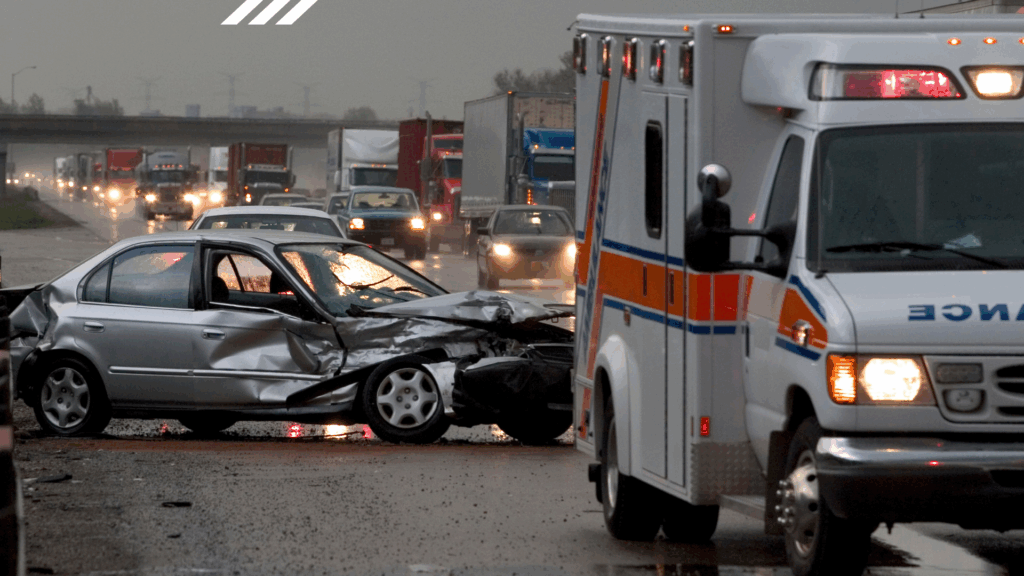PHYSICAL THERAPY LISTINGS
What is the Purpose of Physical Therapy?
There’s no one answer to what PT can do. Instead, various forms of therapy are used to treat a variety of conditions, injuries, and illnesses. It can be used for everything from managing the pain brought about by chronic illness to helping an individual to increase their flexibility and mobility.
The most common form of physical therapy is that which is used to help patients recover from injuries. This could include sports injuries, injuries sustained in car accidents, or any number of other physical injuries.
Physical therapy can also be used to help patients:
- Prevent injuries, particularly in sports
- Avoid surgery
- Rehabilitate following a stroke
- Recover from surgery
- Improve balance to prevent a fall
- Manage chronic illnesses such as arthritis, heart disease, or diabetes
- Adapt to the use of an artificial limb
- Recover following giving birth
- Adapt to the use of assistive devices such as wheelchairs or walkers
PT is not restricted to any specific ages, body types, or to those who are very healthy or very unhealthy. Instead, it’s a treatment option available to anyone, as it can be adapted to meet individual needs.
What are the Different Types of Physical Therapy?
Because PT is used to treat a wide variety of conditions and injuries, there are actually many different types of PT. Even which type of therapy is used to treat an injury can vary from one doctor to the next, or from one patient to the next.
PT consists of sets of exercises and treatments like massages, the use of therapy equipment, and even breathing exercises. The many different types and approaches to physical therapy can be grouped into six specific areas, including:
- Geriatric Physical Therapy
- Pediatric Physical Therapy
- Orthopedic Physical Therapy
- Neurological Physical Therapy
- Vestibular Rehabilitation
- Cardiovascular and Pulmonary Physical Therapy
Which type of physical therapy is used will depend on the age and condition of the patient and the injury or condition that they are suffering from.
What Do Physical Therapists Do?
During your first therapy session with a physical therapist, your PT will do an assessment. During this assessment, they will take a look at your injury, and in some cases, your x-rays. They will assess how much mobility you have, often through the use of some tests to check your ability to move, walk, climb steps, adjust your posture, and more.
During these tests, your PT will discuss with you the pain that you’re experiencing. They may also ask questions about your medical history and the circumstances surrounding the pain or injury that you’re now suffering from.
After your initial assessment, your PT will develop a therapy treatment plan. This will include treatments and exercises that they will perform during your therapy visits. In some cases, it might also include recommendations for exercises and stretches that you can do at home in between sessions.
In addition to exercise and stretches that your PT will help you with during sessions, they may also administer treatments like massages, heat or cold therapy, and more.
PT typically consists of more than one session, though exactly how many are necessary depends on a variety of factors, including the type and severity of the injury. In some cases, like when managing the pain of chronic illnesses, PT sessions may continue for years.
Do You Have to Go to a Hospital for PT?
Physical therapy is always performed by licensed health professionals with specific graduate training in PT. They are referred to as physical therapists or physiotherapists.
However, where a physical therapist works and administers their therapy treatments varies. Some work in individual physical therapy clinics. These are often outpatient facilities that patients travel to from their homes. This type of therapy is often only available to those patients who are not receiving around-the-clock care in a hospital or another medical facility.
Patients who have suffered serious injuries and are staying long-term in a hospital will often receive treatment in the hospital as well. The same goes for senior patients who are living in or staying in nursing home facilities.
For those patients in need of intensive PT, medical rehabilitation centers are also available. These are medical facilities where patients can receive a variety of care, including physical therapy.
Athletes may receive PT in their college sports facility. The same goes for high school athletes receiving routine PT to increase flexibility or treat minor injuries. There are also dedicated sports medicine centers where athletes of all ages can receive therapy.
Visiting a Physical Therapist Following a Car Accident
Car accidents cause between 20 and 50 million non-fatal injuries around the world each year. Physical therapy is just one of the many medical treatments that car accident victims may find themselves in need of. And like most medical treatments, the costs of PT can add up fast.
This is where a car accident lawyer comes in. While victims focus on attending PT sessions and recovering from their injuries, they step in to fight to get medical bills paid. An accident attorney will take over communications with insurance companies to not just cover medical bills, but also get victims coverage for lost wages and compensation for pain and suffering.
WE’RE HERE TO HELP
Get your free consultation today!
CONTACT US



